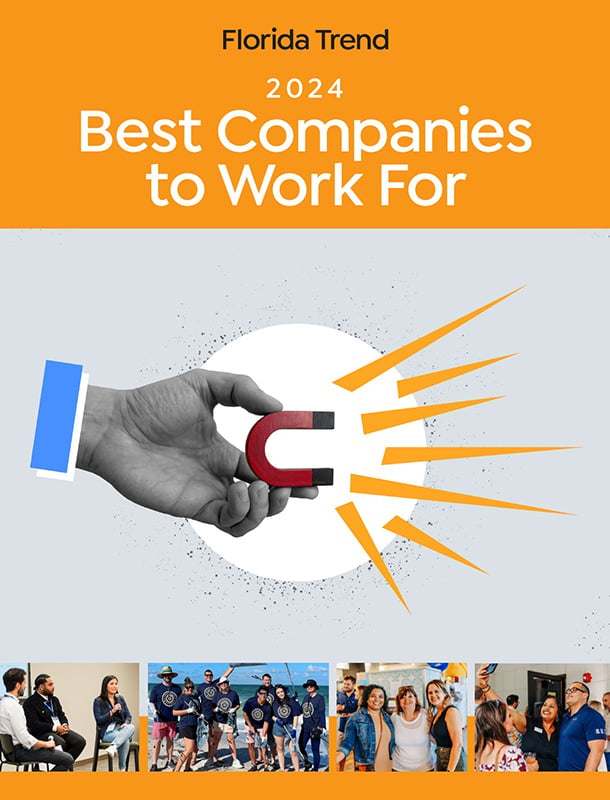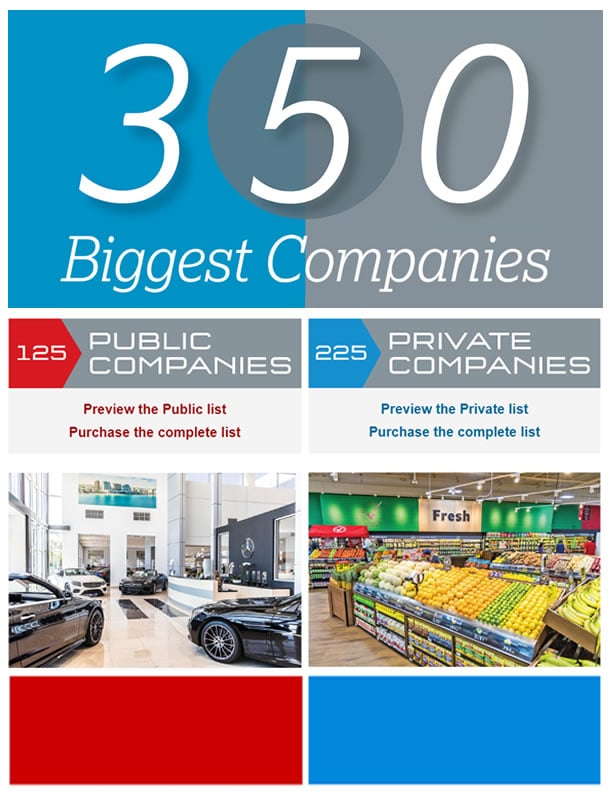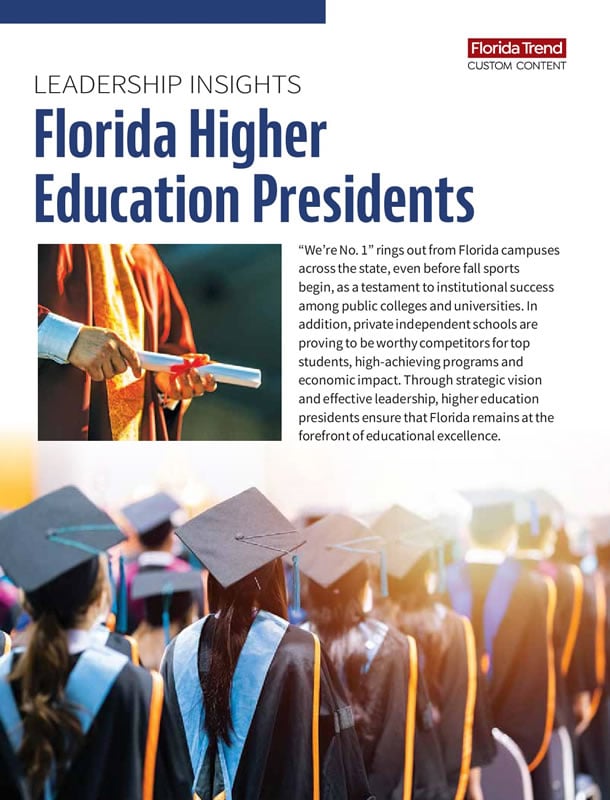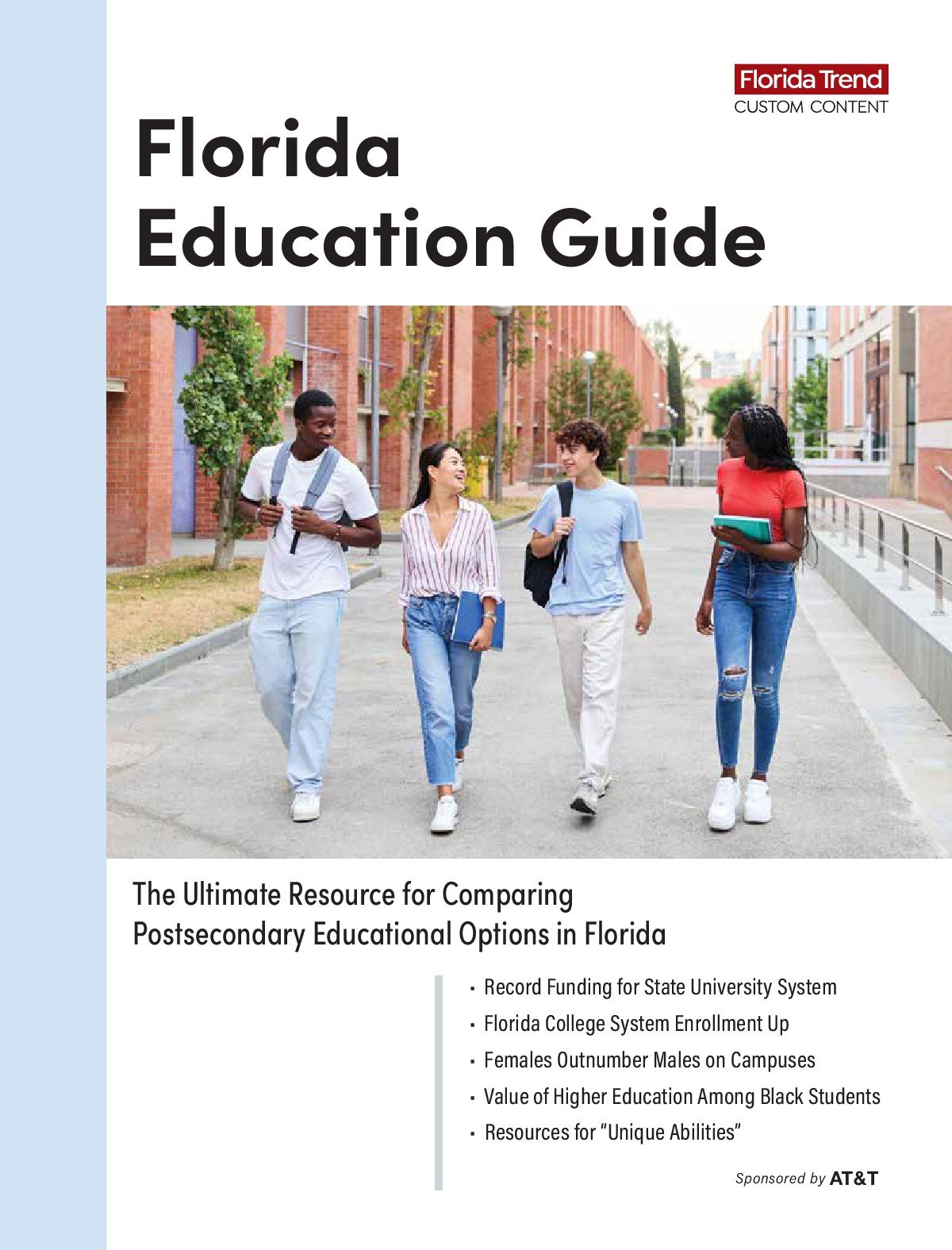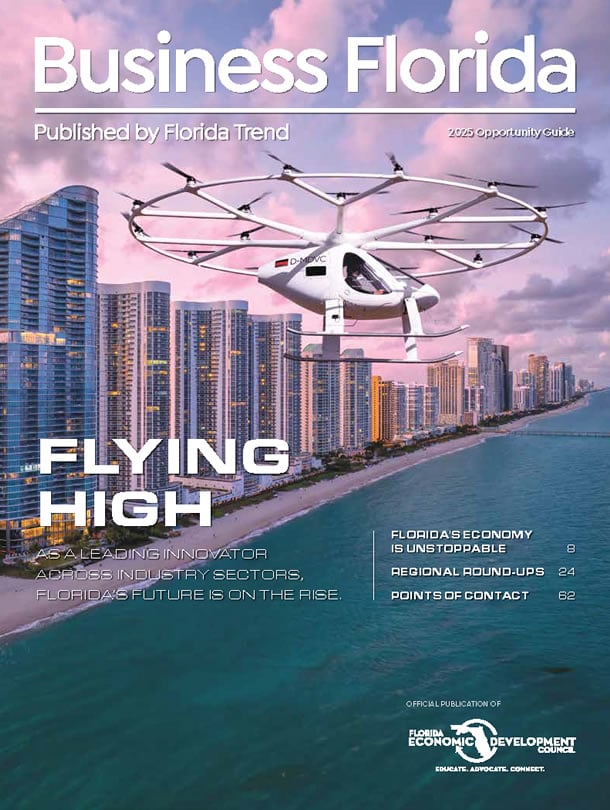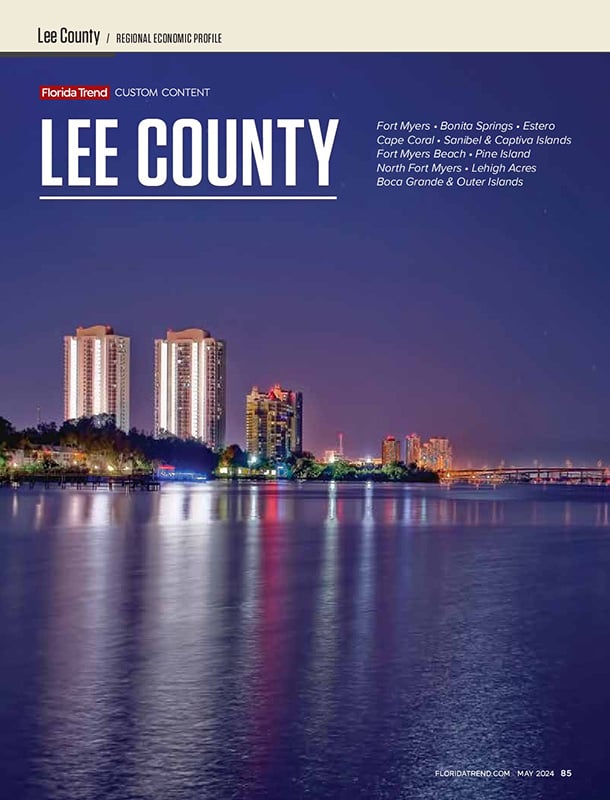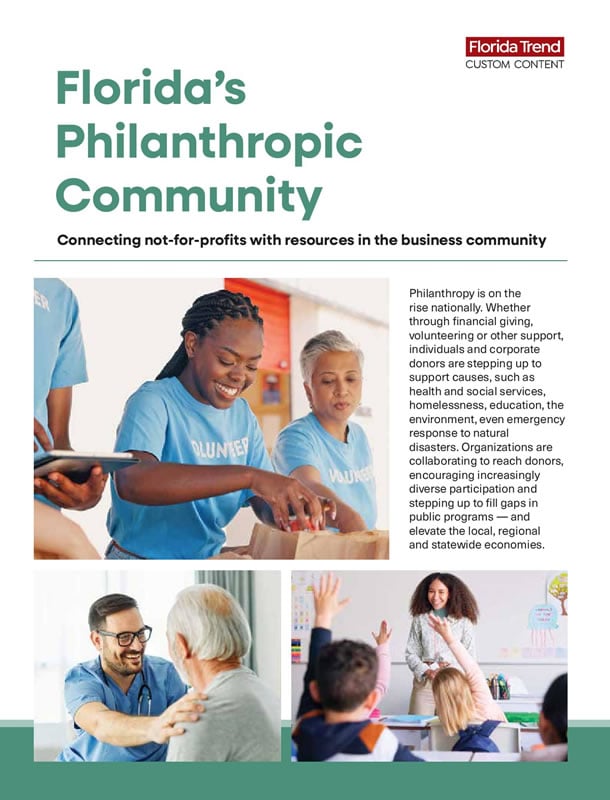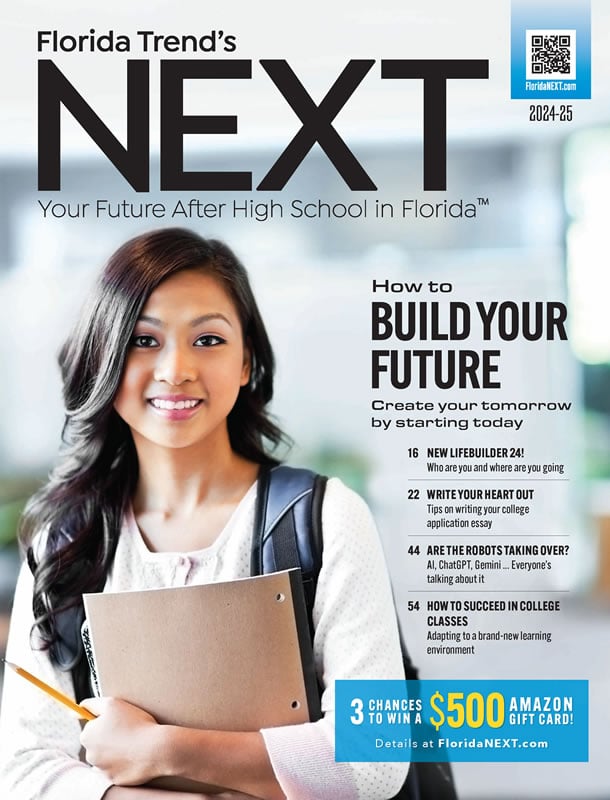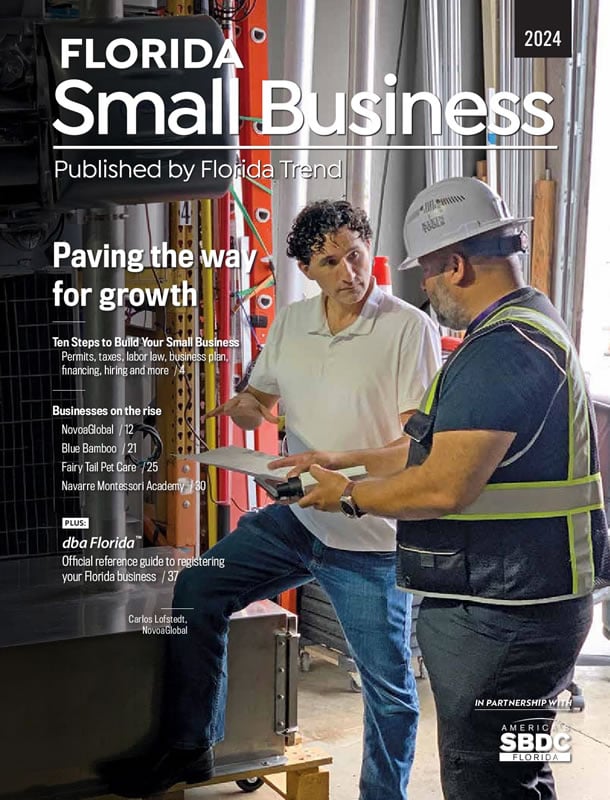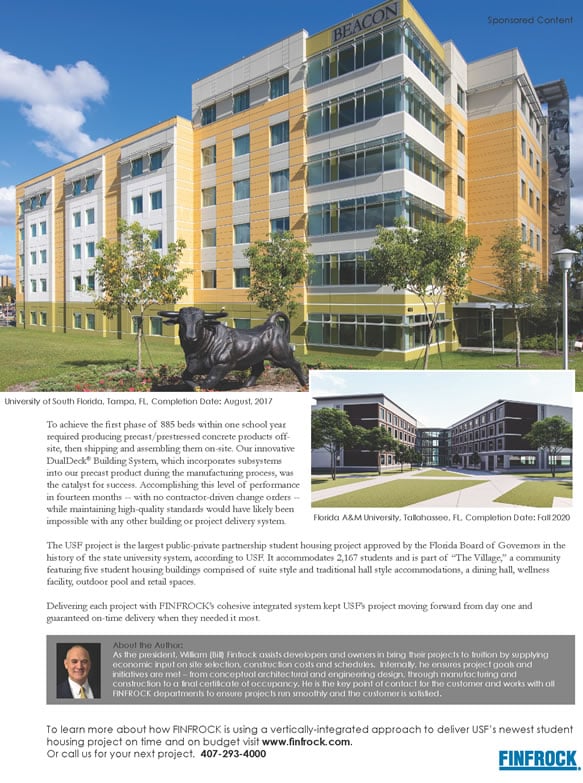By Mark Wilson, President & CEO
Florida Chamber of Commerce and Foundation
With the release of the 2025 Florida Business & Economic Mid-Year Report, the Florida Chamber Foundation has provided a timely, data-rich guide designed to help Florida’s business leaders chart a smarter, more resilient course for the remainder of the year.
This isn’t just another report full of abstract economic theory. It is a grounded, actionable resource—a compass calibrated to Florida’s unique landscape. With its sharp focus on demographic trends, inflation, workforce readiness, housing affordability, and the manufacturing sector, this mid-year briefing gives Florida’s business leaders and decision-makers what they need right now: clarity. The Florida Chamber Foundation’s mid-year report is the closest thing to a crystal ball Florida leaders can get.
Seeing the Big Picture, Making the Right Moves
Florida is a state in motion. As of mid-2025, population growth continues to reshape consumer demand, labor markets, and regional economies. But understanding who is moving to Florida, where they are settling, and what they need doesn’t have to be a guessing game. For industries ranging from real estate to retail, these demographic shifts are not just academic—they dictate everything from site selection to staffing needs to product development.
Meanwhile, inflation pressures continue to affect cost structures and consumer behavior. Businesses that understand the interplay between macroeconomic trends and Florida-specific data will be better positioned to adjust pricing strategies, renegotiate supplier contracts, focus their hiring strategies, and protect margins. The 2025 Florida Business & Economic Mid-Year Report’s economic forecast doesn’t pretend to eliminate uncertainty. Rather, it prepares businesses and decision makers across Florida with what’s needed to navigate through this time with data-informed insights.
Workforce Challenges Demand Strategic Thinking
One of the most pressing themes in the mid-year report is Florida’s talent pipeline. Workforce shortages are no longer limited to high-tech or healthcare; they span virtually every industry. The data shows continued gaps between the skills employers need and the credentials workers possess. To explore more of Florida’s workforce insights, leaders are already using the Florida Chamber Foundation’s Florida Talent Center Data Hub, a national first and a centralized platform compiling hundreds of data points across the cradle-to-career continuum designed to help employers strategically plan their talent pipelines.
I encourage Florida’s business leaders to regard this report as a call to engage in workforce development, collaborate with local educational institutions, and invest in upskilling. The report also reinforces the need for companies to stay involved with regional economic development initiatives and support long-term solutions that align with the Florida 2030 Blueprint, the guiding strategic plan behind the Florida Chamber and Foundation’s work.
Manufacturing Momentum—and What Comes Next
The report also dives into one of Florida’s most resilient sectors: manufacturing, which we are spotlighting through our Coolest Thing in Florida initiative. Trends in Florida’s manufacturing industry over the last few years are promising indicators that there is solid footing heading into a period of uncertainty. The data reveals Florida’s strategic advantage in logistics, workforce, and location—but also outlines the infrastructure and policy challenges that must be addressed to keep this momentum going.
For companies in the manufacturing ecosystem—or considering entry—this section of the report is particularly valuable. It offers hard data and trend lines that can drive decisions on capital investment, site expansion, and workforce training. More broadly, it highlights the need for public-private alignment on long-term infrastructure planning.
The Housing Affordability Question
No business in Florida is immune to the consequences of our state’s workforce housing challenges. The report underscores what many leaders already know anecdotally: in parts of Florida, employees are struggling to afford to live near where they work. This affects talent recruitment, employee retention, and overall productivity.
However, the housing market is beginning to shift. As prices steady, the report shows how this reality varies across regions. This slowdown in prices does not resolve affordability challenges, especially as prices remain heightened in many areas of Florida, but it presents a timely opportunity in mid-2025 to advance solutions, like those passed this past legislative session to strengthen the Live Local Act, to make housing more accessible for Floridians.
Looking Ahead to Florida 2030
The Florida Chamber Foundation’s broader vision, anchored in the Florida 2030 Blueprint, urges putting long-term planning ahead of the short-term. This mid-year report is a vital milestone on that path. For business leaders committed to prosperity—not just in Q3 and Q4 of this year, but for the next five years and beyond—this report is not a one-time read. It should live on the desks and dashboards of CEOs, CFOs, policymakers and strategy teams across Florida. Florida’s future is being written in real time. The 2025 Florida Business & Economic Mid-Year Report gives us the map. Now it’s time to steer accordingly.



